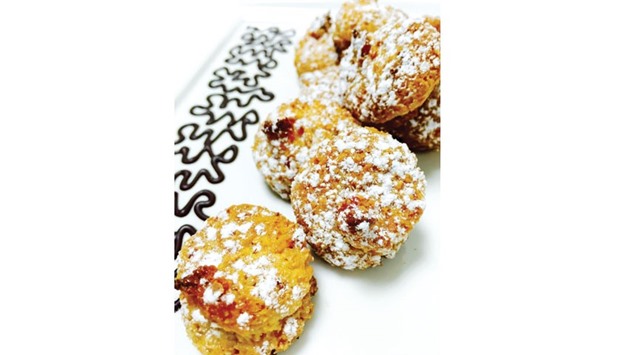Coconut is not only a fruit but a nut and a seed as well, technically it is a called a drupe. It consists of three layers — the outside layer is called exocarp, the fibrous inside layer is called mesocarp and the thin woody layer surrounding the actual layer of coconut is the endocarp.
These layers have a varied use, not only in the culinary world but also to make other utility items like coir mattress, bags, charcoal, and fertilisers. From the outer to the middle to the innermost layer, this nature’s gift is so versatile that there are handicraft industries established just to utilise its by-products.
Coconut has always been there since the dawn of time and mankind has made use of coconut hard casing, milk and oil. Scientists today are still studying the health benefits associated with the oil and are amazed to see the results; this has also been published in numerous journals across the globe. Contrary to the old notion that coconut oil is a high fat food for human consumption, it has been found out that with its medium-chain fatty acids, coconut is actually a powerhouse of nutrition and healing.
For centuries, coconut oil has been claimed as a potent cure for nausea, rash, heat burns, bruises, bug repellent and natural hair serum. Coconut oil is edible oil extracted from the kernel of the matured coconut. Either the dried coconut called the copra is pressed to extract the oil or it is combined with water to make an emulsion and then separated to get the oil. Despite the technical advancements, the wet method is not that practically feasible and results are better for the first and traditional methods of extraction.
Coconut milk is a wonderful base for all kinds of south East Asian curries and south Indian curries; it is used as a thickening agent and a flavour enhancer. Coconut is a part of daily diets of millions of people living on the coastal areas due to its easy availability in the region. In the western and European countries coconut and its products are a delicacy.
Coconuts are different from other fruits as they contain a large amount of water and when still raw, they are called tender coconut and are harvested mainly for its drinking water. Coconut water can undoubtedly be called as one of the best, healthy and refreshing drink in the world. I can go on and write a book on the healthy aspects of coconut water as some people have already done.
When the coconut matures, the outer layer turns from green to a fibrous brown colour. They still contain some water and can be used as seed nut or processed to produce the world renowned coconut oil from the kernel. Other by-products are charcoal from the hard shell and coir from the fibrous husk. The pulp left after the oil extraction is fed to the cattle or used as a natural fertiliser. The shells can also be used to make ladles by tying the end of the shell to a wooden stick.
To include coconut and its health benefits in your daily diet, you can even replace the milk in your tea and coffee with coconut milk and add another dimension to your daily coffee or tea intake. The below recipe also used coconut as its main ingredient and you can make them in advance and store them for future use.
Coconut Macaroon
Ingredients
Coconut powder 250gm
Castor sugar 250gm
Egg white 5 eggs
Apricot jam 75gm
Baking soda ½tsp
Baking powder ½tsp
Vanilla extracts 1tsp
Candied mixed fruits/cherry 50gm
Garnish
Icing sugar to sprinkle
or
Dark chocolate to coat the cookies
Method
In a clean and dry bowl combine coconut powder, castor sugar, apricot jam, baking powder, baking soda and mix well.
Take a heavy bottom pan and add these ingredients over slow flame and continue to turn the mixture with spatula.
Once the mixture melts add the egg white and continue to cook till the sugar melts and egg white is combined with the mixture.
The mixture should be of piping consistency and should be sticky to touch.
Remove from flame and add vanilla extract and candied dried fruits.
Line a baking tray with baking paper and fill the mixture in a piping bag.
Pipe into adequate lumps maintaining distance between each cookie.
Bake in a pre-heated oven at 150 Celsius for 18-20 minutes.
Remove the tray and allow to cool down at room temperature.
Sprinkle with icing sugar on top or garnish with melted dark chocolate accordingly.
Store them in airtight containers and serve with choice of hot or cold beverage.
Note: When you take out the baked cookies from oven they may seem to be under baked or raw in centre, allow them to stand for a while and they will turn themselves to perfectly baked cookies.

